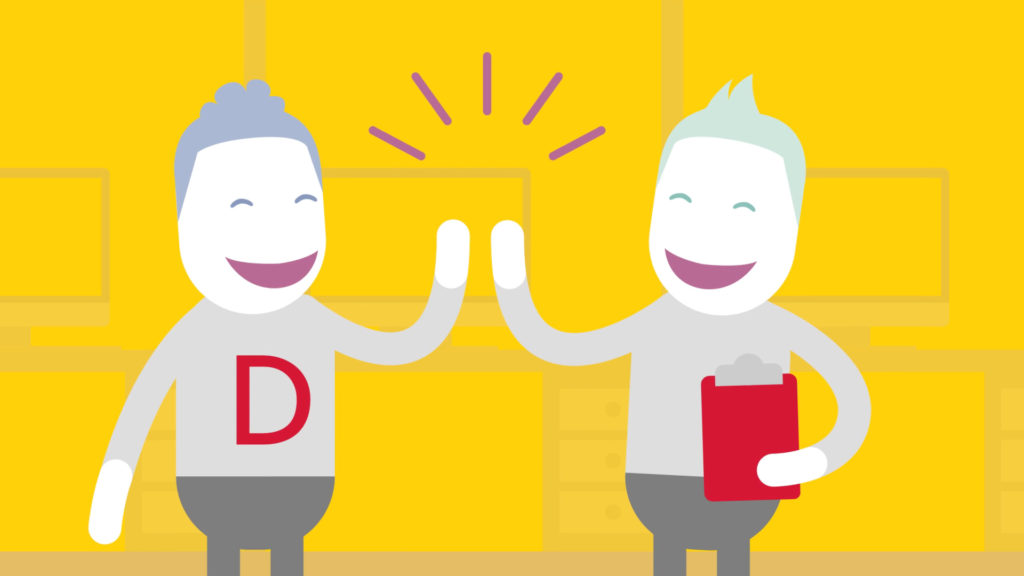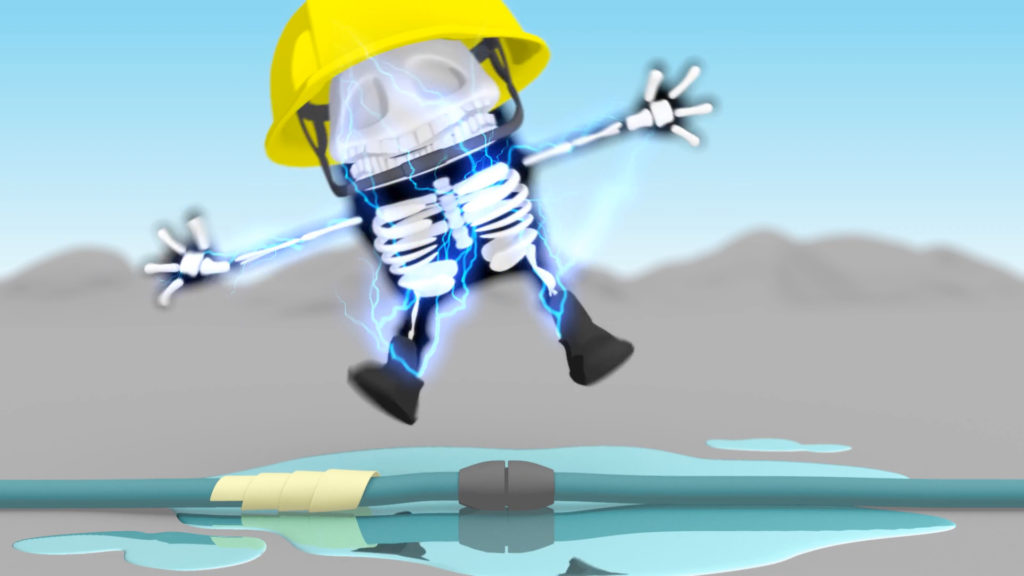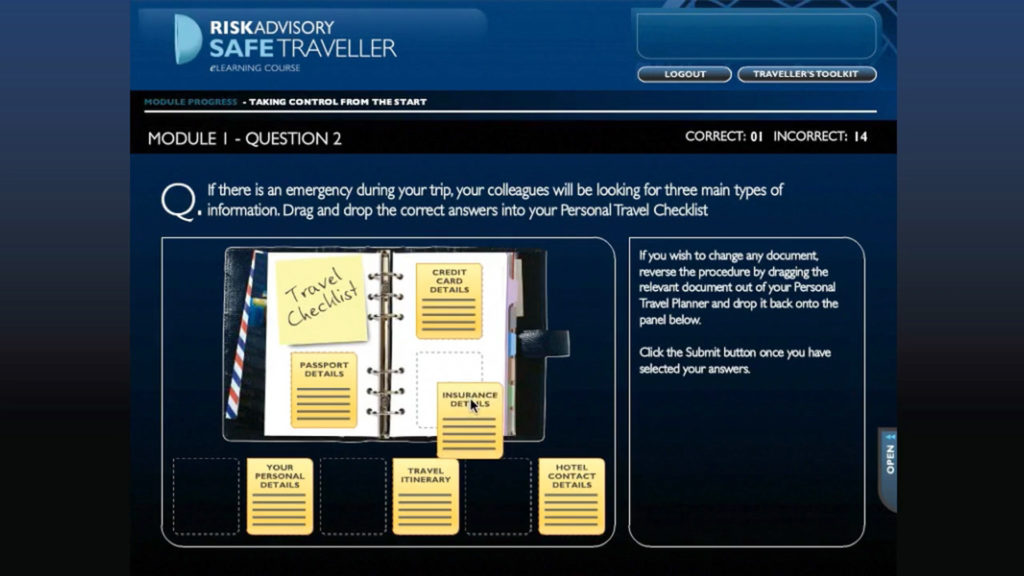There are as many ways to implement a training program as there are things to train—but not all are equally effective. Animation is an extremely efficient, effective, and enjoyable tool for teaching. Here’s why.
Animation can set the tone
As an audio-visual medium, and one over which the creator and client have complete control, animation is ideal for setting the desired tone for the training session. The right music, character design, voice overs—all of these things combined can set a very particular tone: the tone the client wants for their training session. Animation is an exceptional way to create atmosphere.
Animation is both engaging and memorable
If there are two things we hope that a training session accomplishes, it’s to first engage the trainee and to help them integrate the imparted knowledge into their long-term memory. Animation is great for both.
Animation can make use of attention grabbing elements, including visual effects that many other types of media simply can’t replicate. Humour, exaggerated character design, and unique environments are all ways in which animation can be used to captivate the viewer.
These same elements can be very effective as mnemonic devices. It might not be easy to remember the three steps of an otherwise dry and uninteresting policy when reading them off of a printout, but when they’re animated and seen in action, it’s a different story.
It’s entertaining
In addition to catching one’s attention, it’s also important that your training medium of choice be able to hold the trainee’s attention. Colour, effects, music, and humour can be enormously effective at this. A face-to-face human trainer can’t always be “on,” but an animated character doesn’t have that problem. Many man hours go into ensuring that each minute of the video is entertaining—and that video can be used over and over again, recouping that investment.
Animation improves the viewer’s ability to access the knowledge.
A static graphic or chart may have plenty of information, but that doesn’t mean that the data is always intuitively available to the trainee. There’s a good reason we use the term “illustrate” to explain—and animation can go a step further, by not simply illustrating but using motion and sound to illuminate. Instead of stranding the trainee, an active participant, with a passive tool like a manual, the trainer that utilizes animation makes the training program itself active.
Traditional textbook learning methods are becoming less effective
With the new generation of employees growing up in the digital age, traditional methods of learning are no longer a sufficient answer to their training needs. Animation creates a sense of involvement with information, and when coupled with interactive elements, the result is a more stimulating for the learner. Animation transmits messages to the brain 60,000 times faster than text, proven by the fact that we can see images that last for a minimum of 13 milliseconds. Because of the way short term memory works, visuals and video have a higher recall rate that text. This is because they help the viewer to understand the content, and directs their attention towards the intended information with no distractions.
Are you are thinking of incorporating animation into your training programme? Drop us an email at info@sbanimation.com or give us a call on +44 (0)207 148 0526











